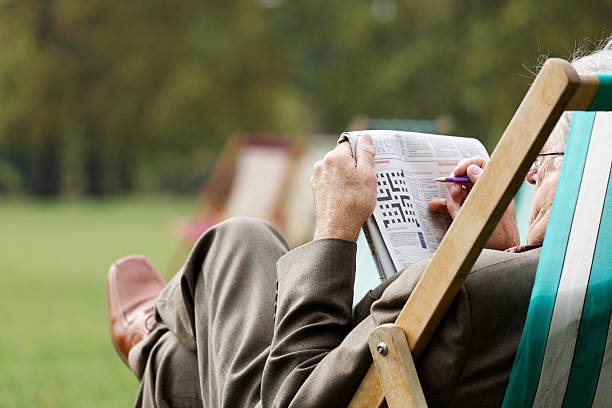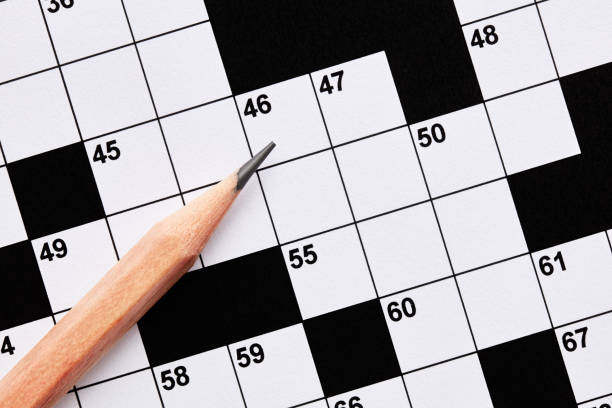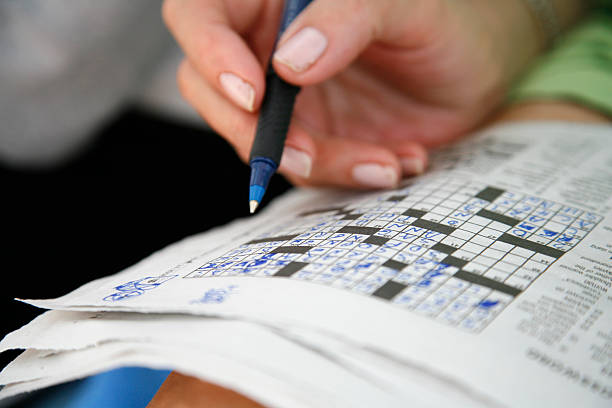Among crossword fans, the New York Times Crossword holds a legendary status as one of the most challenging and rewarding puzzles out there.
If you’ve spent any time with the NYT Crossword, you’ve probably noticed certain answers seem to crop up over and over again. These “bumped” answers are like old friends of crossword solvers, offering a sense of familiarity in a grid full of riddles.
But why do they appear so often, and how can identifying them make you a faster and more confident solver?
This blog explores the world of frequently “bumped” things in NYT Crossword puzzles, common themes and strategies, and the most well-loved repeated clues.
Table of Contents

Common Themes & Clues in the NYT Crossword
One reason the NYT Crossword stands out is its balance of clever themes, playful wordplay, and pop culture references. Understanding these recurring elements can help you spot patterns more easily.
Themes in the NYT Crossword
Themed puzzles are a hallmark of the NYT Crossword, with many grids featuring unifying ideas or wordplay. For example:
- Puns and Wordplay: You’ll often find clues that rely on double meanings, like “graphic novel style for one piece NYT” (answer: MANGA). Here, understanding the art form leads to the solution.
- Pop Culture and Current Events: References to TV shows, movies, or prominent moments in history often appear. Knowing what’s trending can give you an edge.
- Literal and Figurative Clues: An example is “skin bump NYT crossword,” which could refer to a mole, pimple, or even goosebumps, depending on the context.
Balancing Trickery with Logic
The NYT Crossword loves to make solvers think. Clues that seem literal might actually be entirely metaphorical, and vice versa. Half the fun is learning to read between the lines.
For example, “Dutch cheese made backward” uses wordplay and reverse logic. The answer? “EDAM.” Getting used to this clever structure makes solving so much more enjoyable.

Historical and Cultural Trends
Crossword puzzles often reflect the times, so recent events and popular phrases seep into the grid, while older answers that served niches (like bygone TV stars) start to disappear. Keeping up with cultural trends, as well as classic terms, is key to mastering the NYT Crossword.
What Does “Bumped” Mean in Crosswords?
“Bumped” clues and answers in crossword puzzles refer to those frequently repeated, time-tested entries that regularly appear across grids. They exist because of their short structure, vowel-heavy composition, or general utility in solving tricky word arrangements.
Examples of bumped answers include:
- ELO (a classic rock band), which pops up because of its unique three-letter arrangement with two vowels.
- AFT (meaning “toward the back of a ship”), a useful short consonant-vowel-consonant entry.
- OREO (a beloved cookie), which crossword solvers jokingly refer to as a crossword celebrity.
These “reliables” offer a sense of predictability, especially when faced with a challenging grid zone.
Pro Tip: If you can memorize bumped entries, you’ll shave valuable time off your solving process and leap over common stumbling blocks.

Top Bumped Things in NYT Crossword
Here are some of the most frequently appearing answers and clues in the NYT Crossword that are worth committing to memory:
ERA
- Clue Style: “Historical period” or “Time span.”
- Why It’s Bumped: Its short, versatile structure fits neatly into many crossword grids.
ETA
- Clue Style: “Airline info” or “Estimated arrival time”.
- Why It’s Bumped: This three-letter abbreviation is useful for filling tricky corners.
OREO
- Clue Style: “Classic cookie” or “milk dunker”.
- Why It’s Bumped: Its convenient letter structure makes it a crossword favourite.
ELO
- Clue Style: “Mr. Blue Sky band” or “Rock and Roll Hall of Fame inductee”.
- Why It’s Bumped: Its heavy use of vowels ensures it frequently appears.
ION
- Clue Style: “Charged particle”.
- Why It’s Bumped: Science-related terms with three letters are uncommon, and “ION” is a prime go-to.
ALA
- Clue Style: “According to” or “Like”.
- Why It’s Bumped: It’s a grid-friendly answer often seen in literary or cultural references.
EDAM
- Clue Style: “Dutch cheese made backward.”
- Why It’s Bumped: Its clever construction and crossword symmetry make it a recurring delight.
- Being familiar with these popular answers will give you a significant edge when solving.

Strategies for Spotting and Solving Repeated Clues
To become a skilled crossword solver, you need strategies beyond simply recognising bumped answers. Here’s how to maximize your chances of success:
1. Pay Attention to Structure
Short words and vowel-rich combinations are more likely to repeat in puzzles because of how grids are designed. Focus on three- and four-letter answers, as they often fill tight spaces.
2. Commit Classic Answers to Memory
Study frequently appeared solutions like “ERA”, “OREO”, and “ELO”. Flashcards or crossword dictionaries can be helpful.
3. Understand the Clue’s Playful Nature
Certain themes, like palindromes (“radar”), backward constructions (“EDAM”), or homophones (“pear vs pair”), reward creative thinking.
4. Research Setter Tendencies
Some setters have their own unique preferences and quirks. By solving more puzzles by the same creator, you’ll begin to uncover their favorite entries or clue styles.
5. Practice, Practice, Practice
The more puzzles you solve, the more confident you’ll become in recognising patterns—even when clues try to mislead you.
Real Examples from NYT Crosswords
Here’s a fun selection of recent clues to test yourself on, all featuring “bumped” solutions:
Downright NYT crossword
Possible Answer: “MEAN” (as in cruel, “downright mean”).
Dutch cheese made backward
Answer: “EDAM”. The clue is playful and literal at the same time.
Graphic novel style for one piece NYT
Answer: “MANGA”. Knowledge of pop culture helps a lot here.
Check recent NYT grids for even more illustrative examples to see how often these answers crop up.
FAQs
1. Why is Oreo always in the NYT crossword?
Oreo appears frequently because it’s short, vowel-heavy, and easy to fit into crossword grids, making it a favourite for constructors.
2. What does ‘OOO’ mean in NYT?
‘OOO’ often refers to “Out of Office,” though its meaning can vary depending on the crossword theme or clue context.
3. What’s the easiest NYT crossword?
The Monday crossword is the easiest in the NYT, with simple clues and straightforward answers.
4. Are crosswords good for your brain?
Yes, solving crosswords boosts memory, improves vocabulary, and enhances problem-solving skills.
5. What is the most popular crossword puzzle?
The New York Times Crossword is considered the most popular, celebrated for its quality and legacy.
6. What does ‘e.g.’ mean in a crossword puzzle?
‘e.g.’ signals an example, hinting that the answer illustrates the clue rather than defining it.
Conclusion: Elevate Your Solving Game
By now, you’ve got all the tools you need to master the art of solving crosswords with ease. Armed with a knowledge of bumped entries, common themes, and clever solving strategies, you’ll not only improve your speed but also your appreciation for the craft of crossword creation.
Remember, every puzzle gets easier with practice. The more you solve, the more familiar patterns and quirks will become second nature. Head over to the NYT Crossword, put your newfound knowledge to the test, and have fun unraveling each tantalizing clue.
Happy solving!


